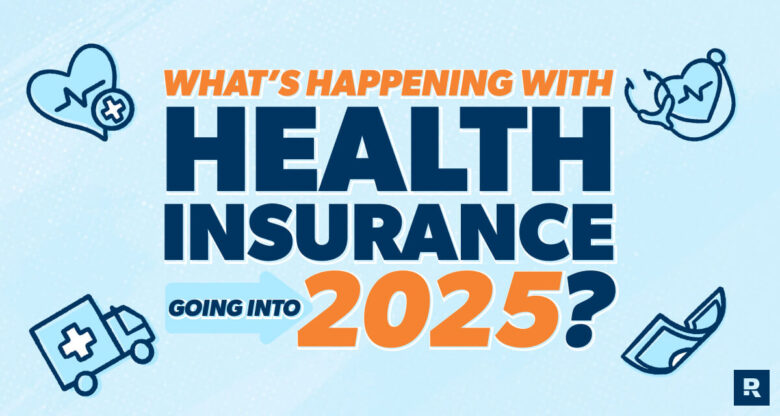Health insurance remains one of the most critical components of personal financial planning, especially as we navigate 2025. With the rising cost of medical care, health insurance provides a financial safety net that protects individuals and families from potentially devastating medical expenses. It ensures access to necessary medical services, from preventive care to emergency treatment, and can significantly influence health outcomes by encouraging early detection and ongoing management of chronic conditions.
Types of Health Insurance Plans Available
There are several different types of health insurance plans available in 2025, and each serves a unique purpose. The most common options include Health Maintenance Organizations (HMOs), Preferred Provider Organizations (PPOs), Exclusive Provider Organizations (EPOs), and Point of Service (POS) plans. Each plan type has its own network restrictions, referral requirements, and cost structures. Understanding the differences among these plans helps consumers select coverage that aligns with their health care needs and budget.
Key Terms You Must Understand
To navigate health insurance effectively, it’s crucial to understand a few key terms. The premium is the monthly amount you pay for coverage, regardless of whether you use medical services. The deductible is the amount you pay out of pocket before your insurance starts to cover costs. Copayments and coinsurance refer to the portion of costs you share with your insurance company after meeting your deductible. The out-of-pocket maximum is the cap on what you will pay in a year for covered services, after which your insurer pays 100% of the costs.
What’s New in Health Insurance in 2025
As healthcare evolves, so does health insurance. In 2025, many insurance providers are offering more digital health solutions and telehealth services as part of their standard packages. Virtual consultations, AI-powered health monitoring, and app-based management tools are increasingly included to help policyholders track their wellness and manage conditions from the comfort of home. Additionally, insurers are focusing on preventive care and wellness incentives, rewarding policyholders who engage in healthy behaviors like regular exercise, balanced diets, and regular health screenings.
Employer-Sponsored vs. Private Plans
Employer-sponsored health insurance remains the most common form of coverage in many countries, including the U.S. These plans often come at a lower cost to the employee because employers typically share the premium expense. However, private plans purchased through government marketplaces or directly from insurers are also popular, particularly among freelancers, small business owners, and those not covered by an employer. Both options offer varying levels of flexibility and coverage, so evaluating your needs carefully is key to choosing the right one.
Government Health Insurance Programs
In 2025, public health insurance programs like Medicare, Medicaid, and other government-funded initiatives continue to play a vital role in providing access to healthcare for seniors, low-income individuals, and people with disabilities. These programs offer essential services at reduced or no cost to eligible individuals. Understanding who qualifies and how to enroll can help ensure that those in need receive proper coverage and care.
How to Choose the Right Health Insurance Plan
Selecting a health insurance plan requires evaluating several personal factors, such as your medical history, family health needs, preferred doctors or hospitals, and your budget. Tools on healthcare exchange websites can help compare plans based on coverage levels, provider networks, and estimated out-of-pocket costs. It’s wise to read the fine print and consider not just the monthly premium but also what you’ll actually pay when you need care.
Common Pitfalls to Avoid
Many people make mistakes when choosing or using their health insurance. One of the most common is choosing a plan with a low premium but high deductible, which can be costly if you require regular medical services. Others fail to check whether their preferred doctors are in-network, leading to unexpected charges. Additionally, missing enrollment deadlines or not understanding what services are covered can lead to lapses in care or financial surprises. Educating yourself about your plan and asking questions can help you avoid these issues.
How Health Insurance Affects Your Health
Having health insurance does more than just protect your wallet. Studies have consistently shown that insured individuals are more likely to access preventive care, seek timely treatment, and adhere to prescribed medications and therapies. This leads to better health outcomes, fewer hospitalizations, and improved quality of life. In 2025, the emphasis on holistic and preventive health within insurance plans aims to further support long-term wellness for policyholders.
The Future of Health Insurance
Looking ahead, health insurance is likely to become more personalized and tech-driven. Advances in artificial intelligence and data analytics allow insurers to tailor plans to individual health profiles, creating more efficient and effective care pathways. Furthermore, the integration of wearable devices and health apps enables real-time health monitoring, potentially reducing premiums for those who maintain healthy lifestyles. While regulatory oversight will continue to be essential, these innovations offer exciting opportunities for more accessible and user-friendly health insurance experiences.




